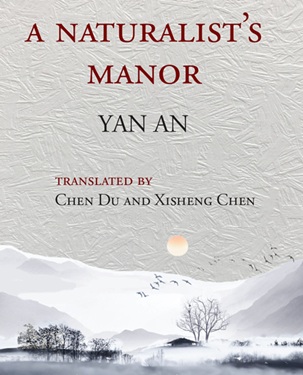As you are searching for the relevant information related to your topic you can’t escape coming across controversial evidence to your subject. Do not neglect it. If you do, your paper will be incomplete or rather one- sided. Moreover it will fail to appeal to the readers as they will see that you are quite subjective. You should take up another strategy of dealing with opposing facts instead of ignoring them. Your primary aim is simple: you are to demonstrate that supporting evidence prevails over the controversial. So, let’s start out the battle for our argument.
You are ready with your thesis and have heaps of supporting material. But still there is a long trip from a strong thesis to an A – essay. The task is complicated with the necessity to include contrary evidence in your writing. Follow the advice below and you will deflect the slightest hint of contradiction in your essay.
Concentrate on the most significant counterarguments. Do not allocate too much time to controversial issues. Recognize them and elaborate on them focusing on their weak points. Do not dip into the matter as it may undermine the supporting examples. Properly presenting counterargument is only half a battle to win your position. The other half involves showing your collected evidence to the most advantage.
First of all you should impress the readers as a reasonable, clear thinking and well-informed writer to gain their trust. To achieve it use only comprehensible, rational and well-grounded evidence.
To underpin your point of view, choose the most appropriate technique from the following ones:
1. Expert opinion – a fact you obtained from the outer source: "Statistics show that…..."
2. Anecdote a witty short story related to the subject: "For example, I recollected an episode….
3. Personal Experience - adds up a personal touch to the essay and gets you closer to the reader "To illustrate, when I was still a young girl....."
4. Hypothetical Situation - imaginary situation proving your point of view. "Let's presume that ..."
5. Analogy - apply it when you need to express yourself more clearly. It gives the reader an idea of what you are going to say: "An analogy of this situation is when..."
6. Rhetorical Question - such question aims instantly to get the reader on your side.
Another secret of presenting your evidence to its most advantage is TRIAC. TRIAC is a paragraph outline for building up a strong argument. So, let’s see what is hidden behind the magic letters:
R - Restriction. The next sentence narrows down the idea of the topic sentence.
I – Illustration provides the reader with supporting evidence of your argument. It comprises several sentences.
A – Analysis suggests your elaborating and clarifying the facts of the illustration sentences. These sentences are of no sound value without your explaining them.
C – Conclusion. The last sentence (s) summarizes the ideas presented in the paragraph (s) and serves a smooth transition to the next section.
 微信: ofsean
微信: ofsean (美国)14152715959
(美国)14152715959  QQ: 404232368
QQ: 404232368
 ofsea@qq.com 西安市碑林区海戴翻译中心(统一社会信用代码:92610103MA6U4CF80E,可开发票) 版权所有 违者必究 Copyright 2005-2023 All Rights Reserved
ofsea@qq.com 西安市碑林区海戴翻译中心(统一社会信用代码:92610103MA6U4CF80E,可开发票) 版权所有 违者必究 Copyright 2005-2023 All Rights Reserved



